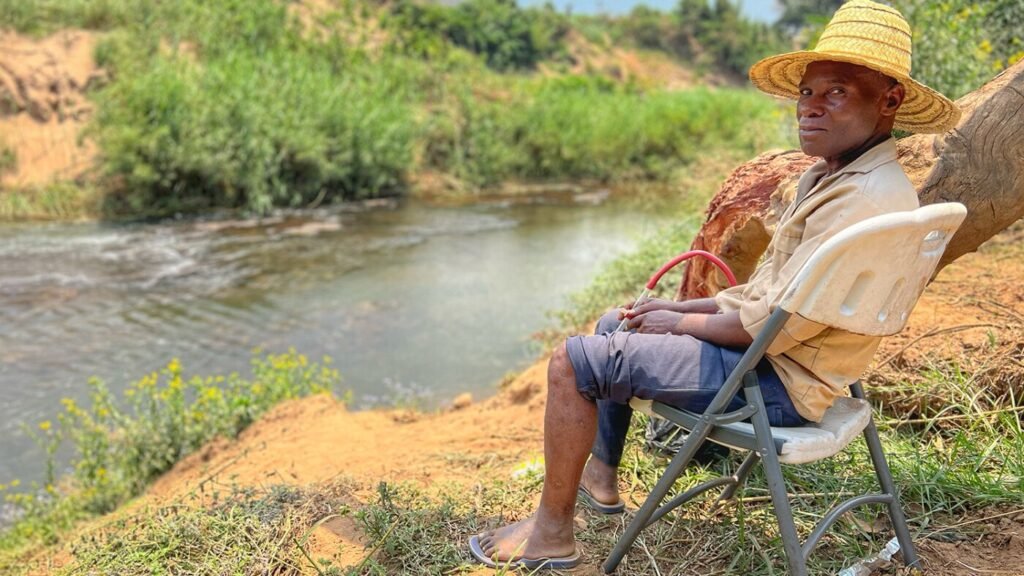Not only do these innovative traps offer an ethical alternative to using human bait, but they also provide a more efficient and effective method for collecting black flies for testing. By eliminating the need for human volunteers to act as bait, the risk of potential exposure to river blindness is significantly reduced. Additionally, the traps can be set up in multiple locations simultaneously, allowing for a greater number of flies to be collected and tested in a shorter amount of time.
Impact on Disease Elimination Efforts
The use of these traps has the potential to revolutionize the way in which black flies are collected and monitored for river blindness. By providing a safer and more efficient method for testing, countries across Africa can more effectively track and control the spread of the disease. This, in turn, will help to accelerate efforts towards the elimination of river blindness as a public health threat.
Furthermore, the success of this research highlights the importance of continued innovation and collaboration in the field of global health. By working together with organizations such as Sightsavers, GLIDE, and the ministries of health in various countries, significant progress can be made towards achieving the goal of disease elimination.
Overall, the development and implementation of these innovative traps mark a significant milestone in the fight against river blindness. Not only do they offer a more ethical and efficient alternative to using human bait, but they also have the potential to greatly impact disease elimination efforts across Africa. With continued research and collaboration, we can work towards a future where river blindness is no longer a threat to public health.
Advancements in trapping methods
The use of yeast‐generated CO₂ and worn socks as bait in traps has revolutionized the way black flies are captured for surveys and research purposes. In Côte d’Ivoire and Mozambique, where overall fly numbers were lower, these traps have proven to be highly effective in attracting and capturing black flies, reducing the need for human volunteers to act as bait.
Yeast‐generated CO₂ mimics the human breath, which black flies are naturally attracted to. By using this method in traps, researchers have been able to capture a significant number of black flies without putting human volunteers at risk of bites and infections. The addition of worn socks, which emit a combination of human body odor and sweat, further enhances the attractiveness of the traps to black flies.
These innovative trapping methods not only reduce the risks for volunteers and communities but also provide a more humane and sustainable solution for conducting surveys and research on river blindness. By eliminating the need for human bait, researchers can gather important data on black fly populations without endangering individuals’ health and well-being.
Future implications and benefits
The success of yeast‐generated CO₂ and worn socks traps in capturing black flies has significant implications for the ongoing fight against river blindness. By using these innovative trapping methods, researchers can more effectively monitor and control black fly populations, ultimately reducing the transmission of the parasitic worm that causes river blindness.
Furthermore, the use of traps with yeast‐generated CO₂ and worn socks can provide long‐term protection for communities at risk of river blindness. By capturing female black flies before they can lay their eggs, these traps help to reduce the overall black fly population in breeding sites, ultimately benefiting communities by lowering the risk of contracting the disease.
Overall, the development and implementation of these advanced trapping methods mark a significant milestone in the fight against river blindness. By prioritizing the safety and well-being of volunteers and communities, researchers are paving the way for more effective and sustainable strategies to combat this devastating disease.


